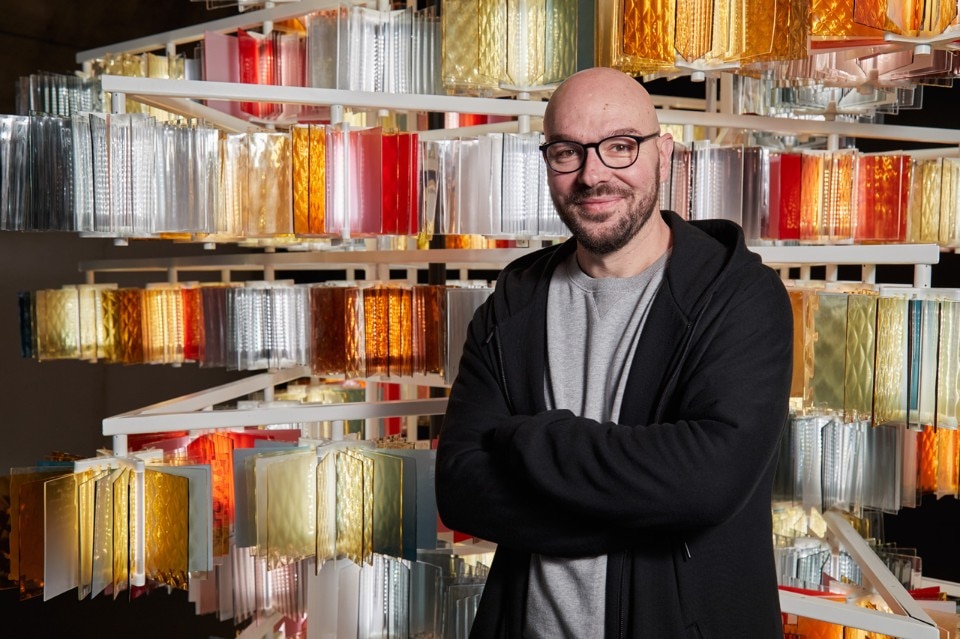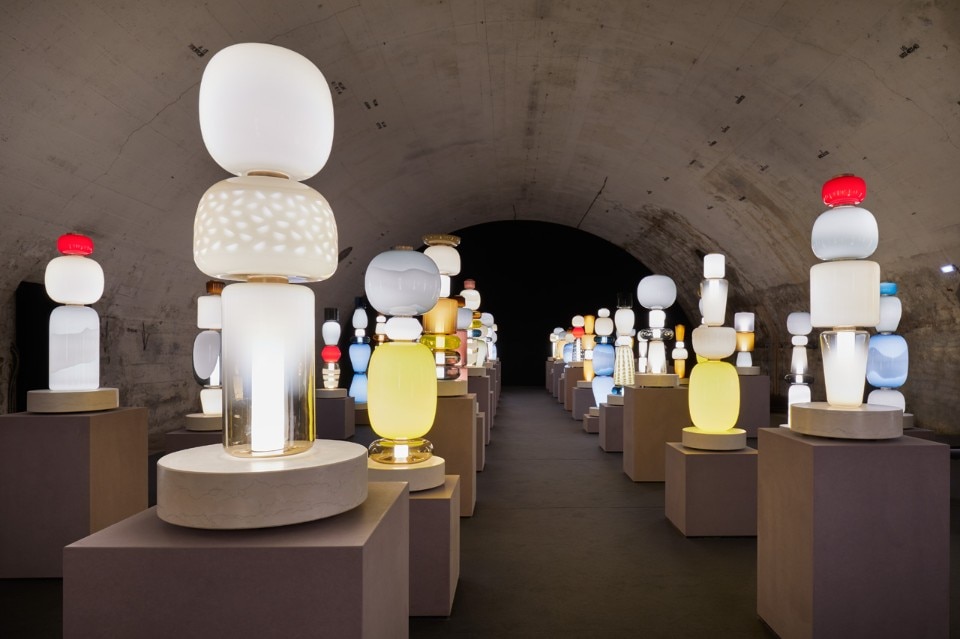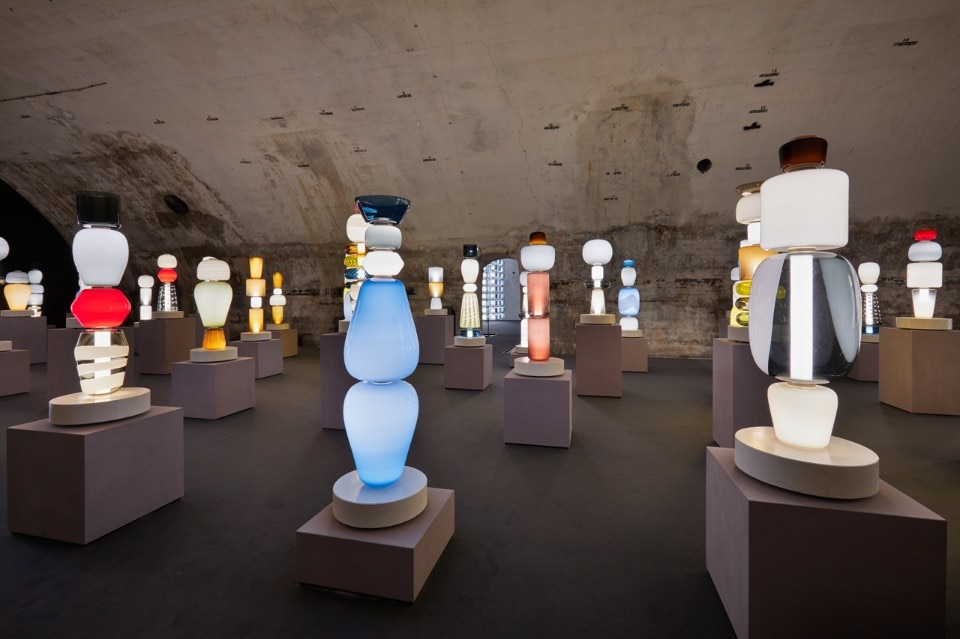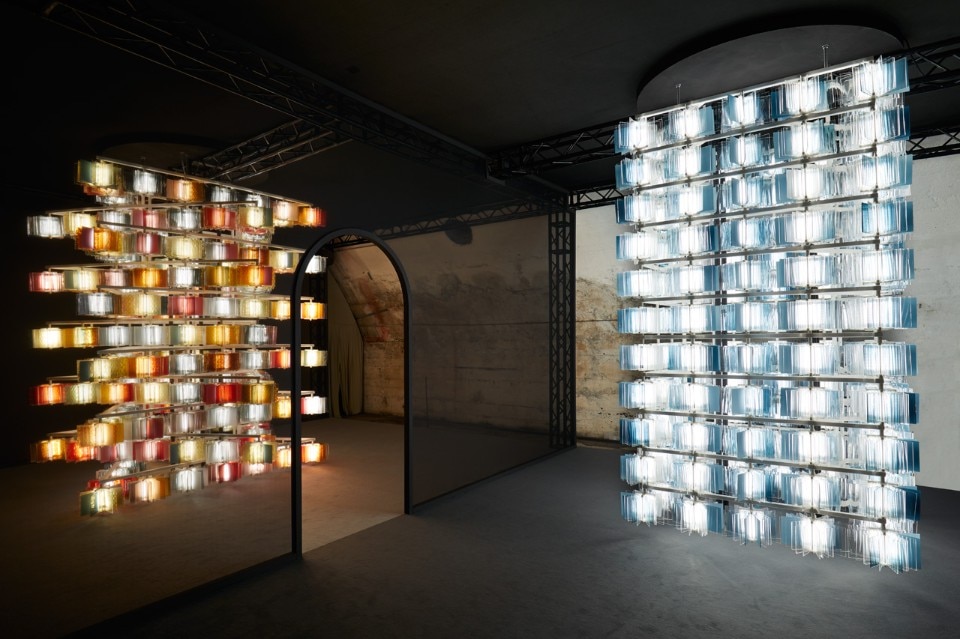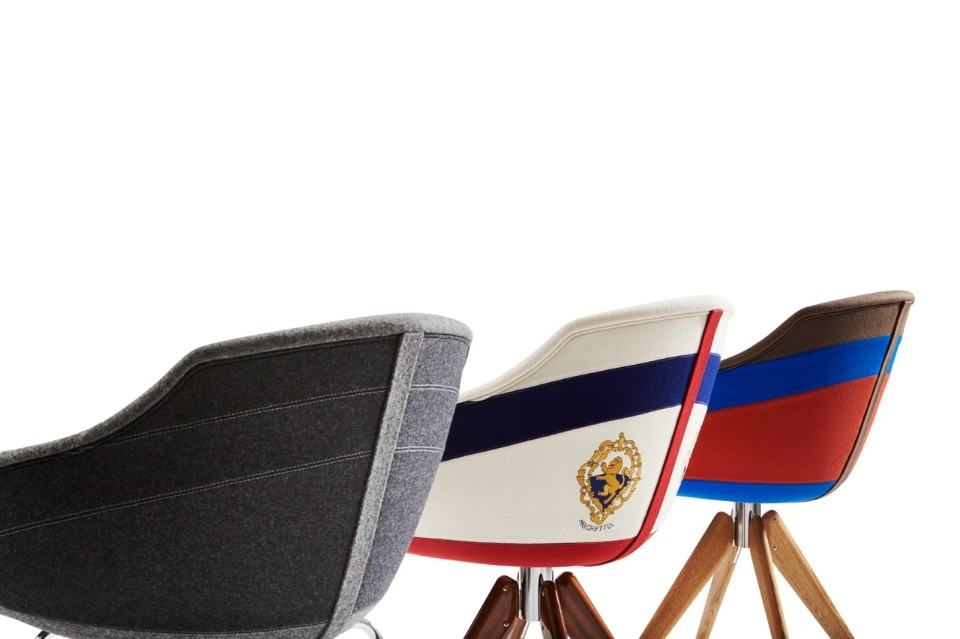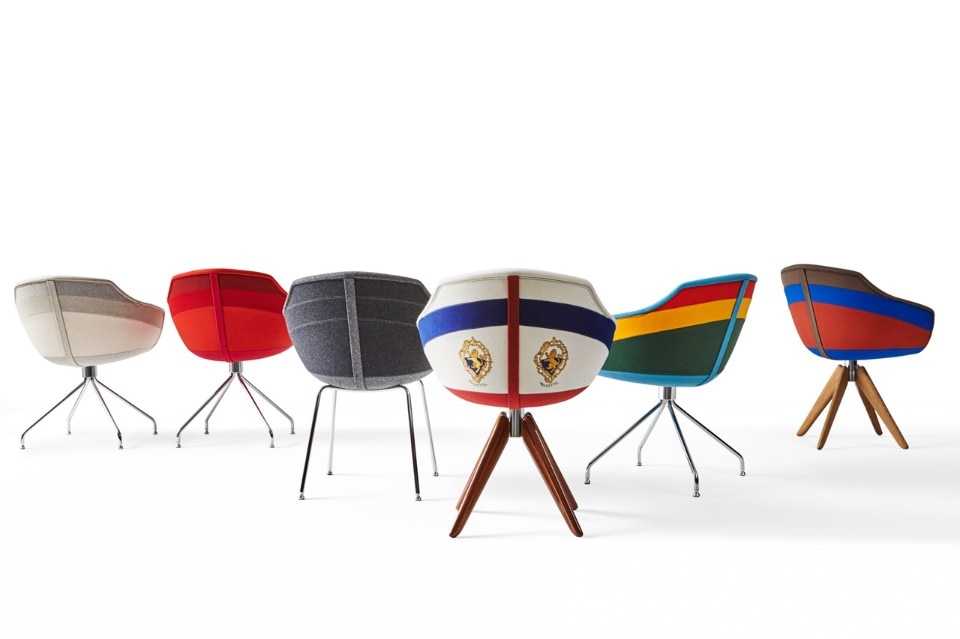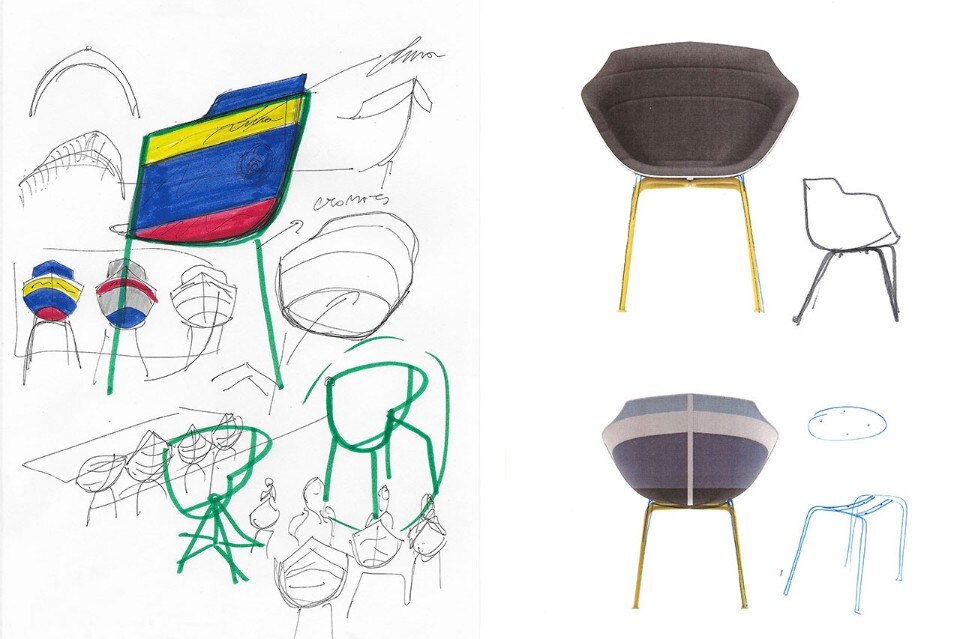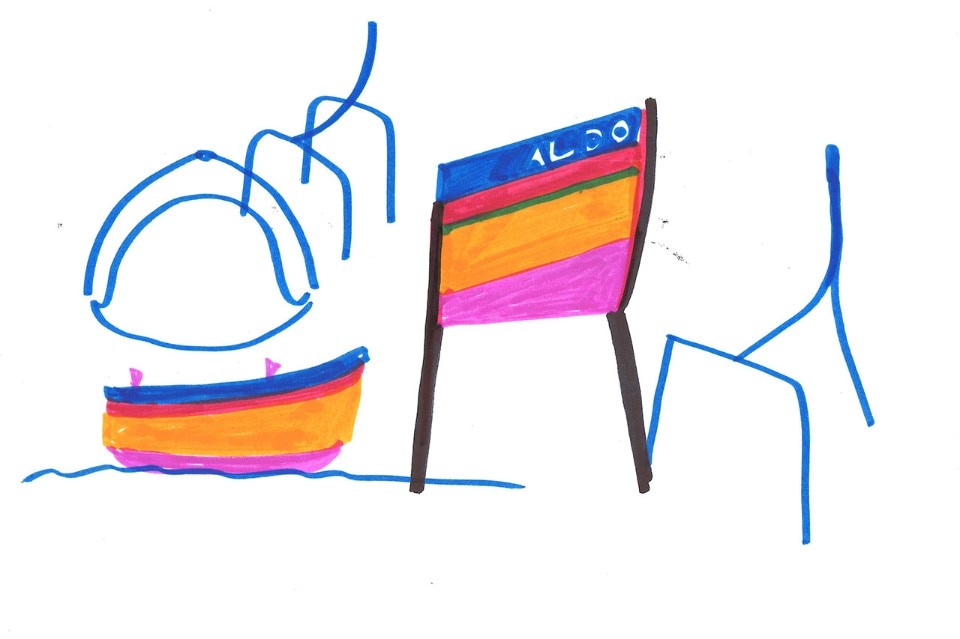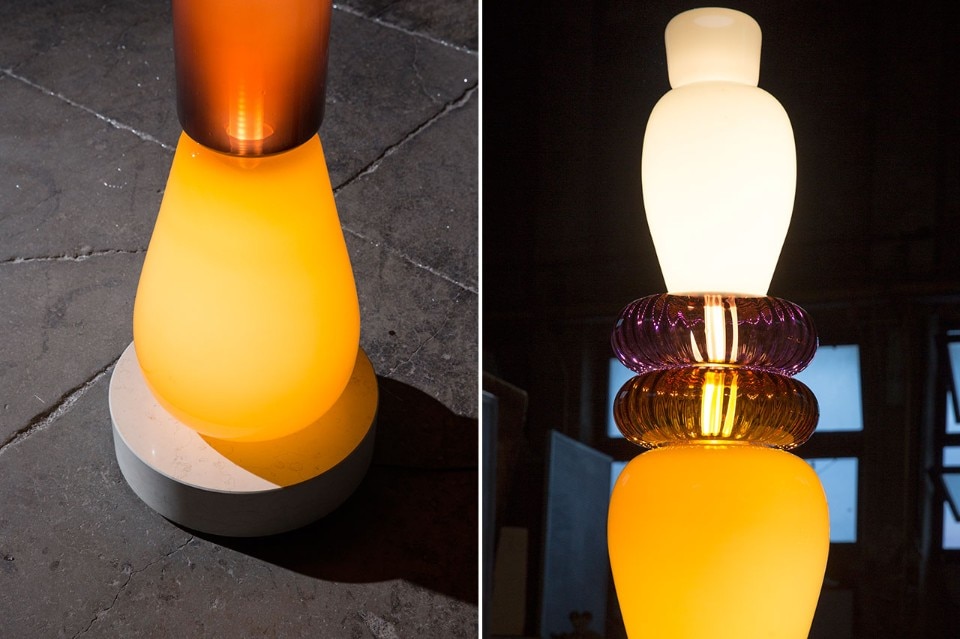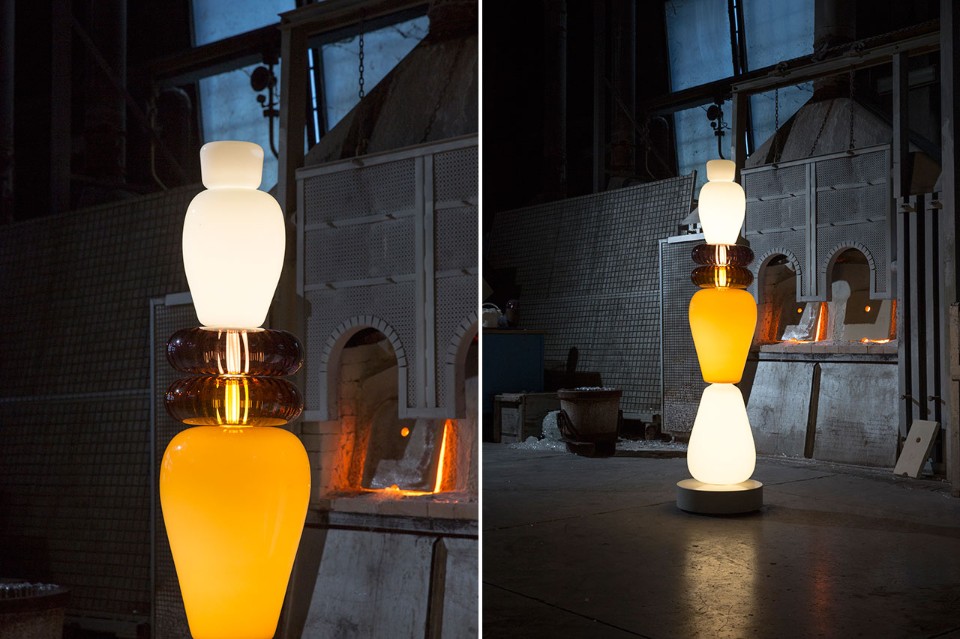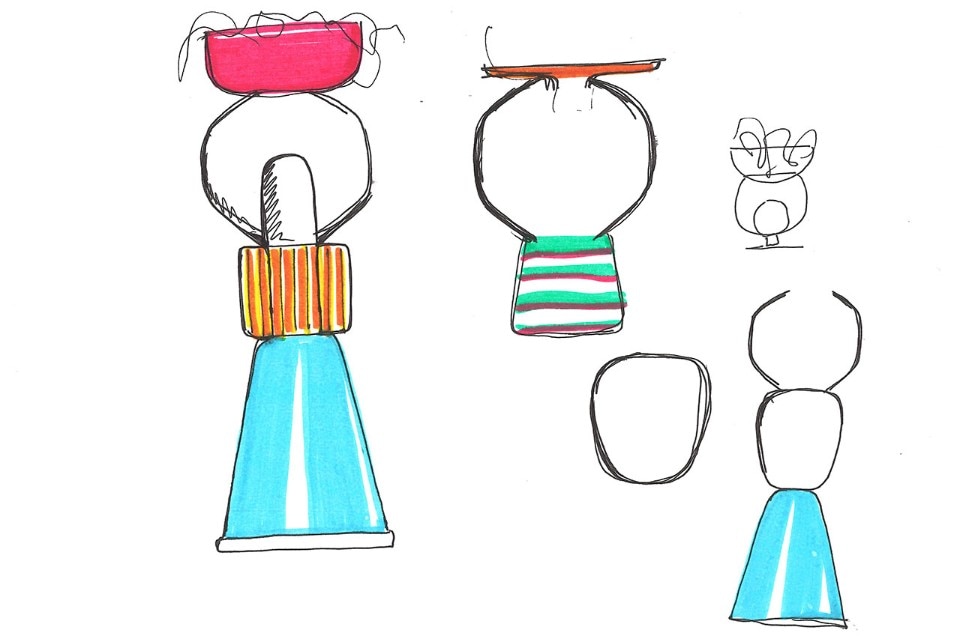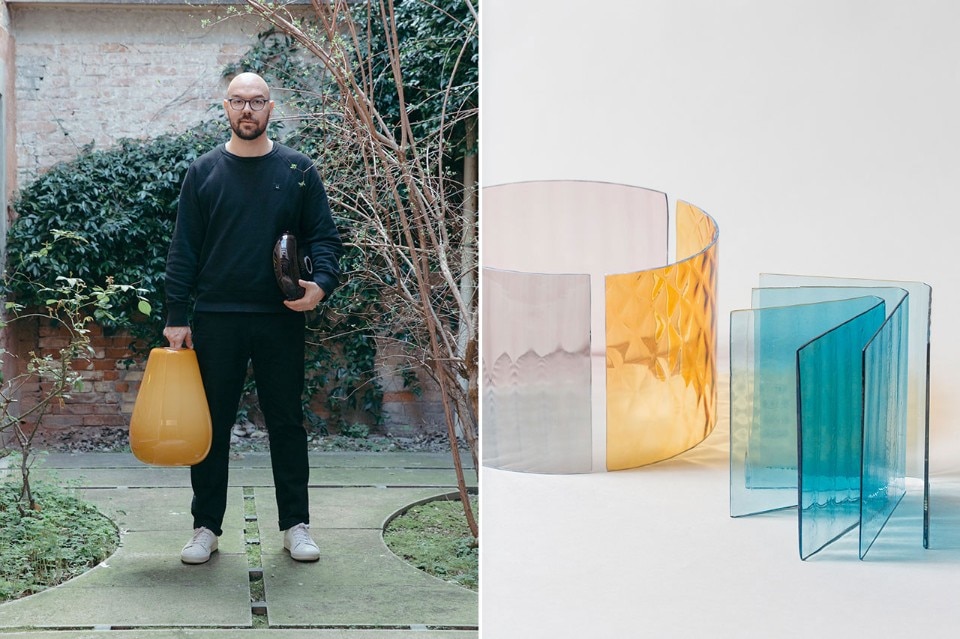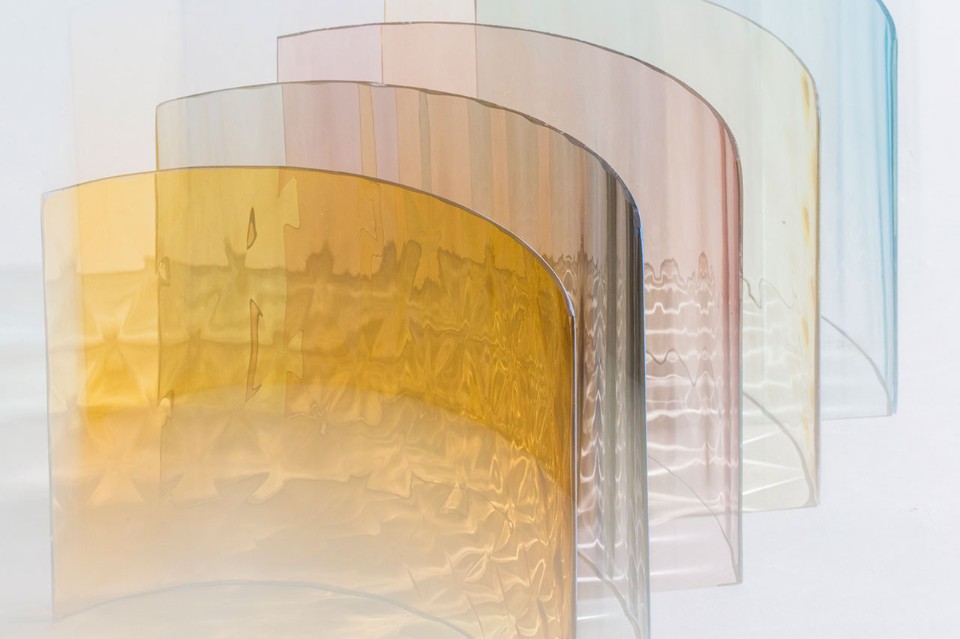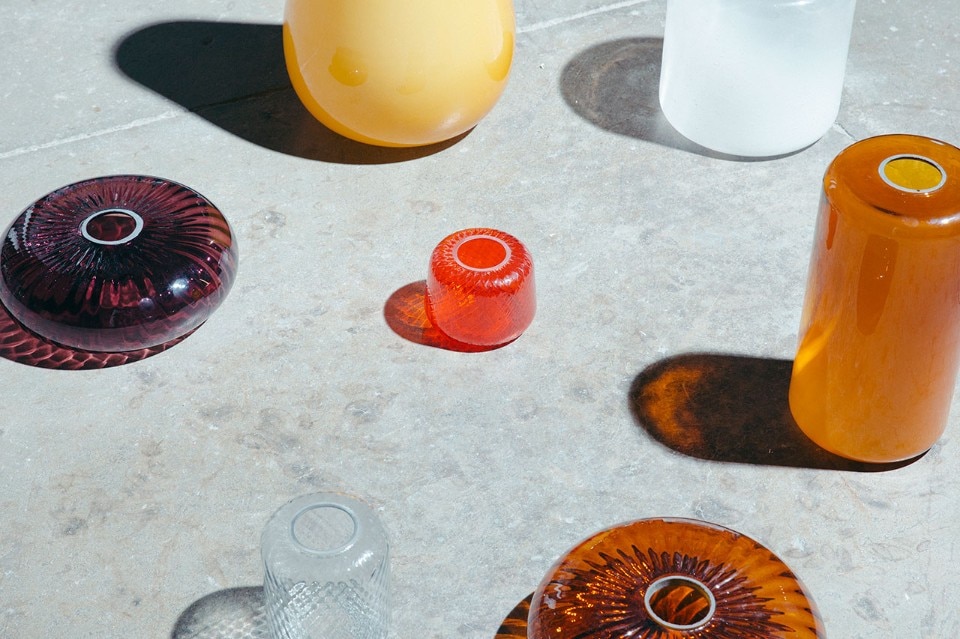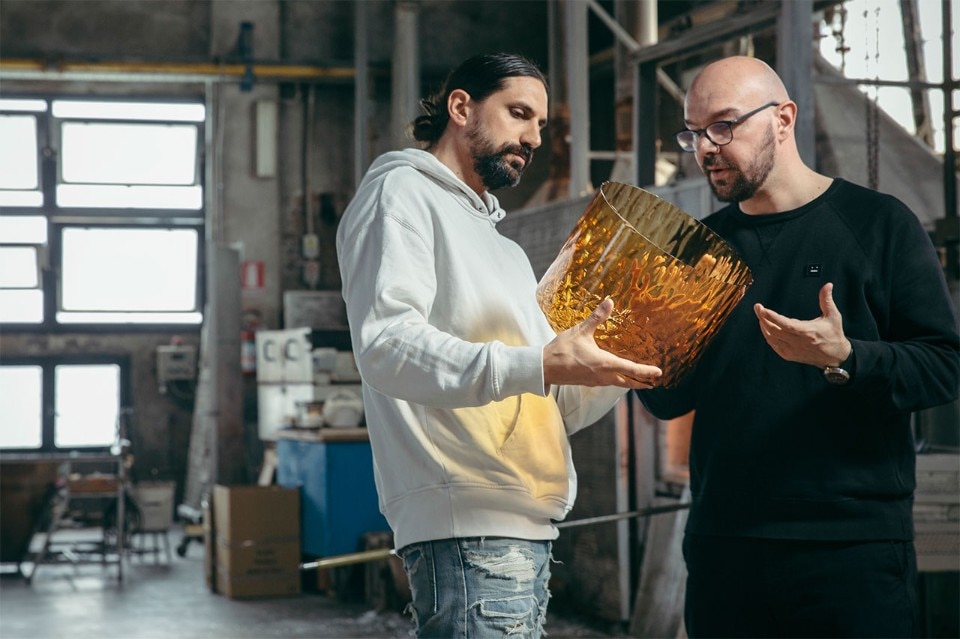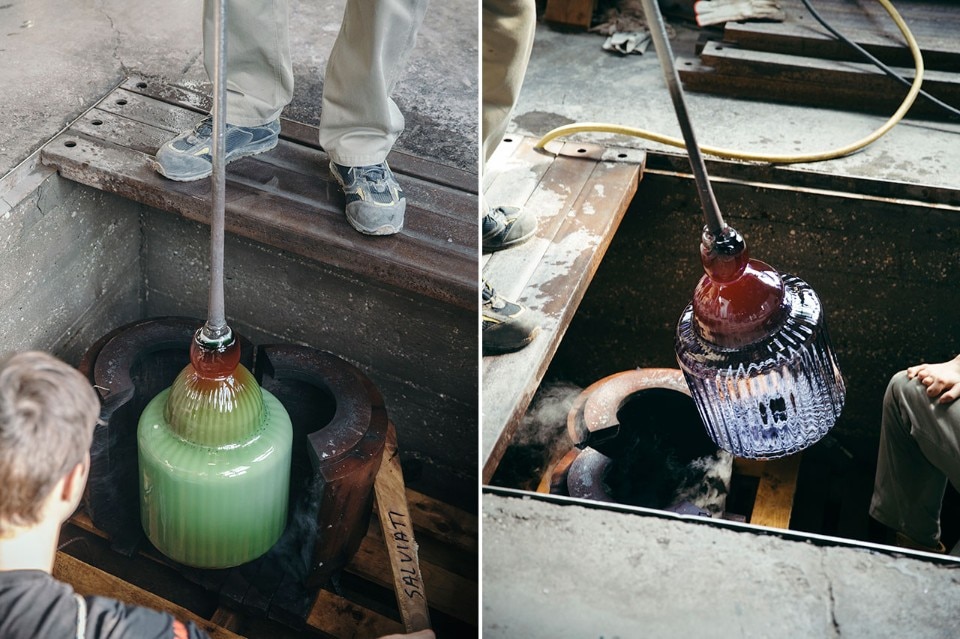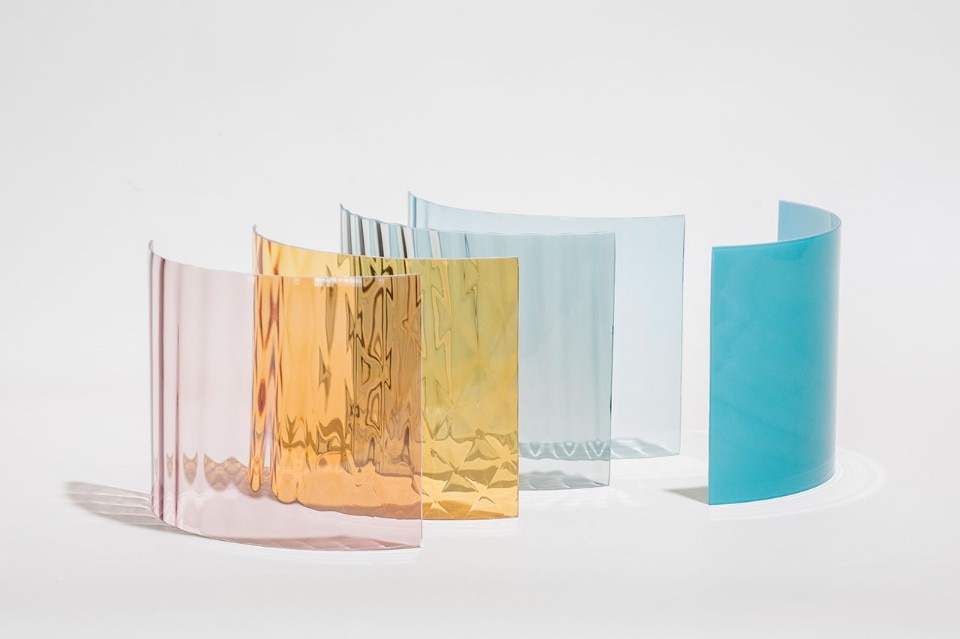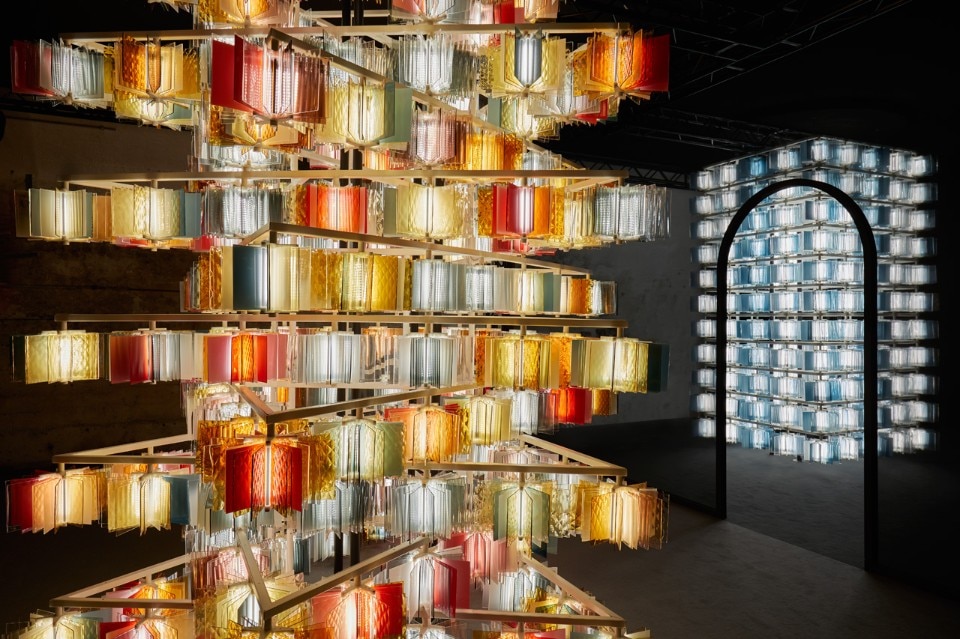
Domitilla Dardi: You’re from Venice – or Murano, to be precise – but you choose to divide your time between Venice and Stockholm. That’s partly for family reasons – your wife is Swedish and works as a dressmaker at the opera theatre – and partly a choice. How did it come about?
Luca Nichetto: In the Italian design community, if you’re not from Milan, you’re a “foreigner”. So, I decided to make this a strength and really work abroad as a foreigner. I then opened a second office of my Stockholm studio.
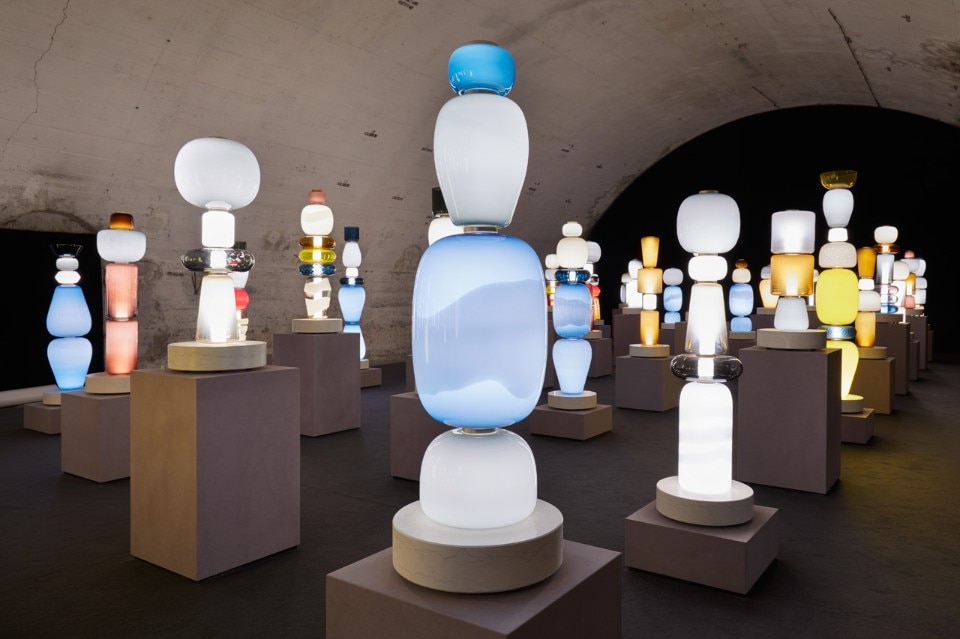
Domitilla Dardi: What have you found there?
Luca Nichetto: In Scandinavia, there’s still a very broad and widely spread middle class. Nordic design is above all a brand image because Scandinavian firms develop principally like the evolution of IKEA, which has conquered the world with a certain type of Nordic style because of its strength in distribution. This has allowed the popularisation of a style, but also of a typology of objects that differs from that found in the Mediterranean or Asia (think of cutlery versus chopsticks, for example). The other fundamental point is that we Italians are very pampered and we’ve lost ground.
Domitilla Dardi: In what sense?
Luca Nichetto: In Italy, we start our careers in family-run businesses, often answering to just a single person, something that never happens in the international arena. The problem is that we’ve got too used to this: for years, the world has come knocking on our door, without us needing to make an effort. Recently, I’ve been working a lot in China and I’ve realised how arrogant we are. We think there's only one form of design – ours – and we’re prejudiced.
Domitilla Dardi: When did you establish the link with China?
Luca Nichetto: In 2003, O-Space came out. This was a suspension lamp for Foscarini and it opened many doors for me. There was Moroso and Kristalia, and then, in 2013, the Chinese distributors for Foscarini suggested an exhibition in Beijing. That was April and the exhibition had to open in September. I asked for a floor plan of the space. They hesitated at first but then told me that they didn’t have one because the showroom hadn’t been built yet. They only had a 600-square metre space available in a park in Beijing. It was a mad project, but feasible in the end. Most of all, it was an unmissable opportunity. It has opened the door for me to many contacts in China.
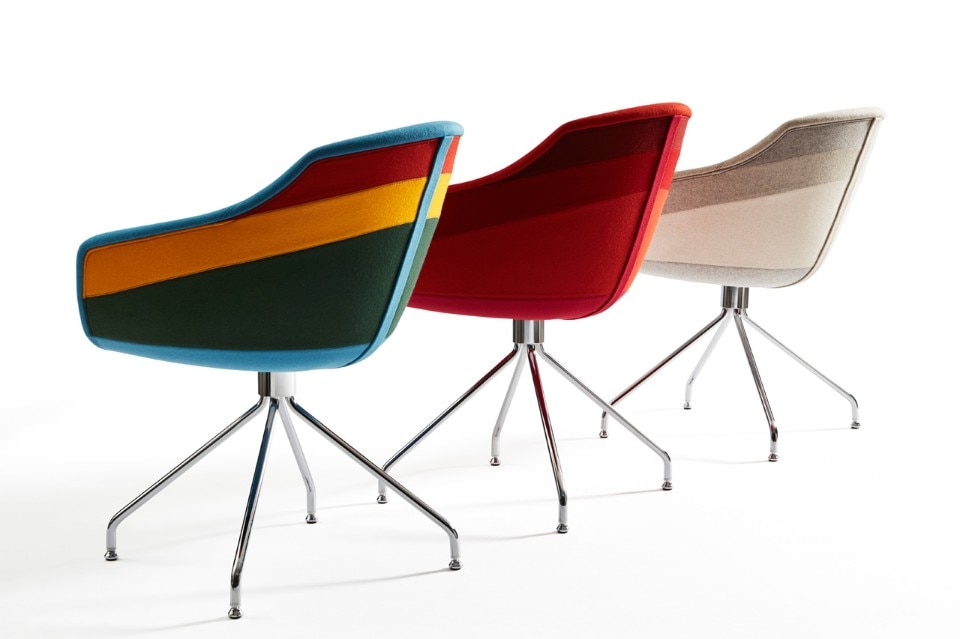
Domitilla Dardi: For example?
Luca Nichetto: Two years ago, I was contacted via Linkedin by a 34-year-old Chinese entrepreneur, Shu Wei, who had graduated from Stanford. She asked me to design for her company, Zaozuo. She explained to me that there are two extremes in China: high-end design for a very exclusive and affluent public, and (ugly) copies. There’s nothing in the middle. She asked me to design a collection that would cater to the emerging middle class market. Since I was born in 1976, I’m too young to have overlapped with the middle class that built the Italian design of the masters. I realised that what would be impossible for me today in Italy could become a reality in China – even with all the differences and the difficulties involved.
Domitilla Dardi: What have you discovered about Chinese methods of manufacturing?
Luca Nichetto: For example, companies there don’t make prototypes. That’s not because they don’t want to, but because each of their “tests” produces a minimum of 20,000 pieces (if you want to work on affordable products). This is partly the source of the problem with the quality of Chinese design. Jumping the prototyping stage means that, if you have a good design, you can save money when making an effective product. But if the design is second-rate or poorly defined, you’re just pumping dreadful products into the market.
Domitilla Dardi: What has China taught you?
Luca Nichetto: Working outside Italy has expanded my vision. Now I can see what I can do well in Italy and what, alternatively, can be created abroad because we lack the right conditions. Also, being abroad has liberated me from the burden of the masters.
Domitilla Dardi: What have you learned from Sweden?
Luca Nichetto: Planning. In Italy, they have a perfect “plan A”, but if there’s a hitch, everything comes to a standstill. The limitation of living in a society that works is that you risk becoming lazy. In this case, our ability to react is what makes the difference.
Domitilla Dardi: Some of your colleagues might say that working in China is not ethical and should be avoided…
Luca Nichetto: If we’re talking about ethics and get hard-line about it, it would wreck all the products we see at the Salone. But there’s no need to go to China to find bad working practices. Hexavalent chromium is used in Italy because it’s brighter, but when I arrived in Sweden, it had already been banned for 15 years for being carcinogenic. The point is something else. Personally, I think that if we teach the Chinese a certain type of design, they won’t make so many copies. Let’s not forget that Venice was the China of Brianza: they copied everything. Then they evolved and moved on from copying to appreciate certain dynamics and integrate. On a grand scale, this is what will happen with China too. So, I don’t believe in going there just to take, but also to give something back.
Domitilla Dardi: What do you think about “limited edition” design?
Luca Nichetto: I think that even when a designer works for a gallery, the result should flow into serial design. Design isn’t art. When you do this type of work, it isn’t the case that your only interlocutor is the gallery. This year, for example, we’re creating a 700-square metre installation with Salviati in Ventura Centrale. It’s a collaboration with Ben Gorham, who comes from the lifestyle world of Byredo perfumes. The result is a magnificent installation with 53 totem poles and 20,000 sheets of glass. These will be modified by piling up glass and adding filter layers of material. From this will be generated various typologies of products derived from having pushed Salviati’s capacity to the maximum, bringing them back to doing more experimental artisan work.
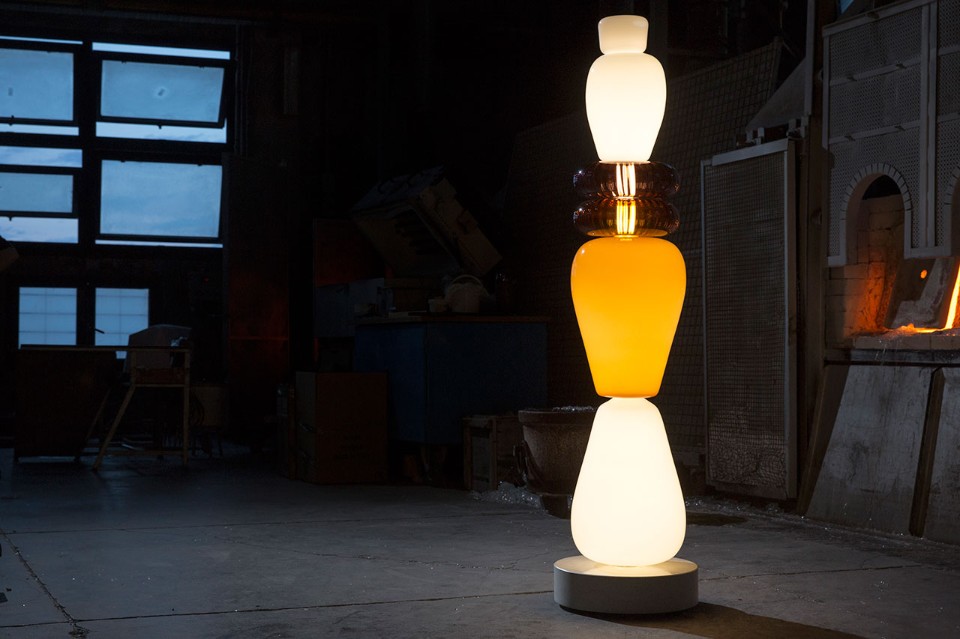
Domitilla Dardi: Italy always seems to be very present in your work, both when you're working with foreign companies and with Italian ones.
Luca Nichetto: In recent years, since I became a father, the feeling of being an immigrant and love for my country has been making itself felt like a powerful call. Last spring, I was in Venice and saw how people were sitting chatting on the prows of the lagoon boats, which are brightly coloured and have their names painted on them. It was three years since Marcel Wanders had asked me for a design for Moooi and it was there that a perfect idea came to me. I designed a small armchair for the hotel trade upholstered using strips of waste fabric that bring to mind the colourful planks of the lagoon boats. Also, I was interested in thinking when I was designing about the back of the armchair, which recalls the prow of a boat. We are used to thinking almost exclusively about the front view of a chair, but in fact it is the back that is very often visible instead (think of chairs around a table, say).
Domitilla Dardi: Have you ever worked using Italian suppliers for international projects?
Luca Nichetto: Italy is unique in its network of suppliers and this is an essential base for me. Recently, Pepsi asked me to develop the concept of its Pure Leaf product, an organic tea drink. The whole project uses my network as a base: I designed a tea set for an iced tea ceremony, where the glasses were created in Murano by NasonMoretti, the tray in Canada by Mjolk, and the mixers in New York by OTHR, who are experts in 3D printing. The tea set involves three independent firms brought together by my personal experience.
Domitilla Dardi: So, part of your work is connecting firms that are seemingly distant – it's the theory of “six degrees of separation”.
Luca Nichetto: One of the best things about my work is knowing that I have helped people collaborate who are geographically far apart but share the same vision of design. It happened with a lamp for Mjolk: the base was made in Murano, the shade in Canada, and it was assembled in Stockholm. So, of course, I called it Reunion!
4–9 April 2017
Luca Nichetto
Canal Chair for Moooi
Area 56, via Savona 56
with Ben Gorham: Salviati Decode / Recode
Ventura Centrale, via Ferrante Aporti 19-21


